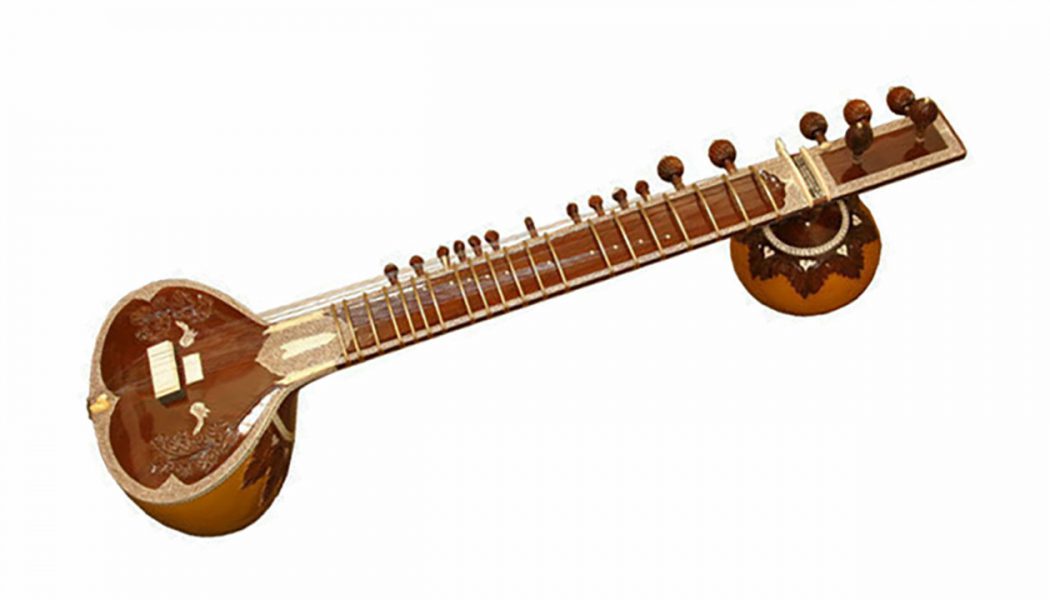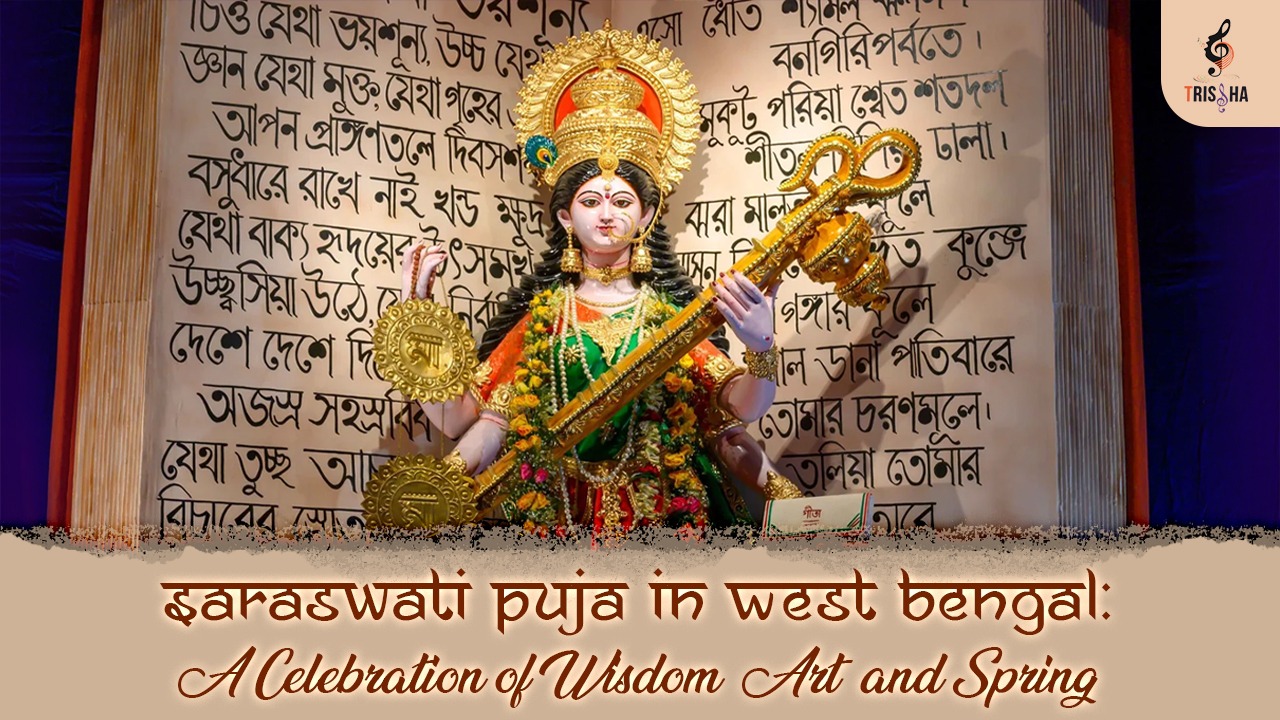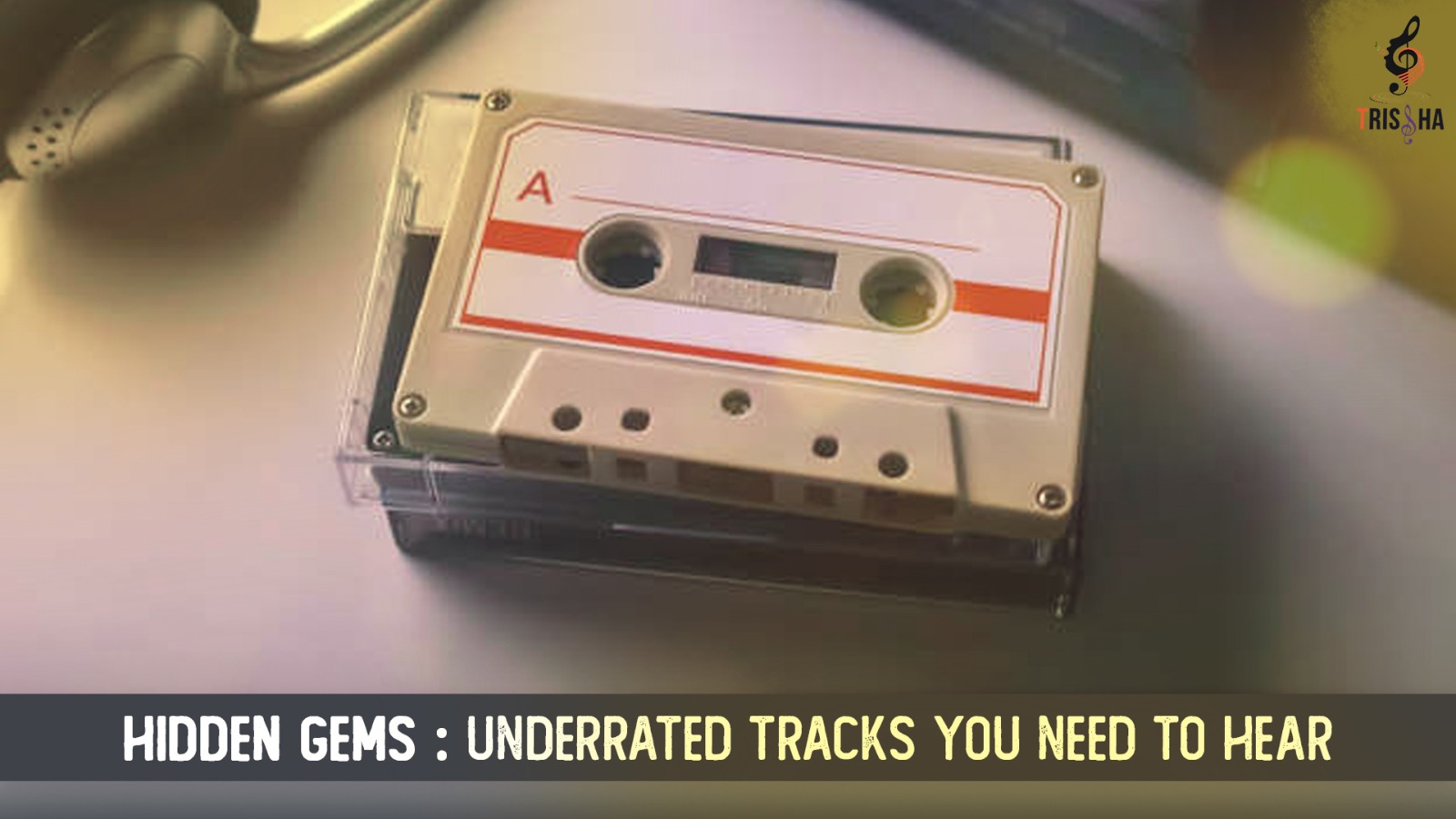Magical Musical Instrument: Sitar
Sitar, a stringed instrument of the lute family that is popular in northern India, Pakistan, and Bangladesh. Typically measuring about 1.2 metres (4 feet) in length, the sitar has a deep pear-shaped gourd body; a long, wide, hollow wooden neck; both front and side tuning pegs; and 20 arched movable frets. Its strings are metal; there are usually five melody strings, one or two drone strings used to accentuate the rhythm or pulse, and as many as 13 sympathetic strings beneath the frets in the neck that are tuned to the notes of the raga (melodic framework of the performance). The convex metal frets are tied along the neck, which enables them to be moved as needed.
In India, the sitar can be traced back to the Mughal period, around 700 years ago. Many people believe that sitar was developed from Persian lutes which were commonly played in the Mughal courts. However, contrary to this belief, there is considerable evidence that supports Chitra Veena to be the precursor of a sitar. As per early records, the sitars blossomed in the 16th and 17th centuries and arrived at the present known form in the 18th century due to the efforts of “Amir Khusru” who is Tansen’s grandson. He is the most famous Hindustani performer and was involved in adjusting the Veena to plan the present-day Sitar. His work led to the creation of a traditional Sitar which contains 5 melody strings that can be tuned to Ma-Sa-Ma-Sa-Pa.
This musical instrument has surprised and captivated every single man who got the opportunity to hear its euphonious sound. It has the ability to make anyone and everyone fall in love with its sweet and honey-voiced melodies. Sitar helps you to develop a strong bond with music and unleash your rhythmic abilities. It is played for self-expression through music and sound, which allows you to explore your inner self and reflect your accurate musical skills to the world.







There are no comments